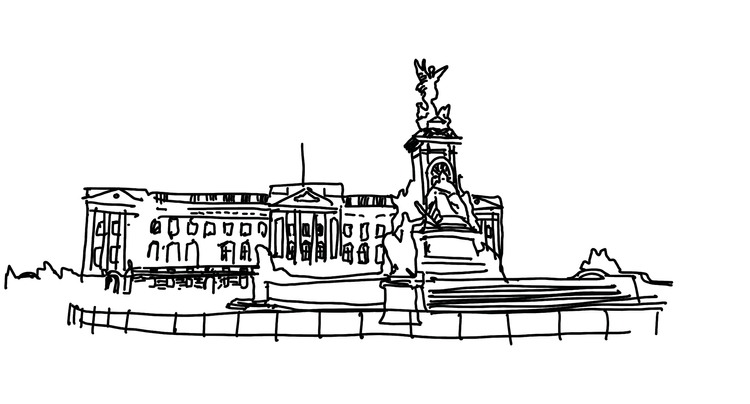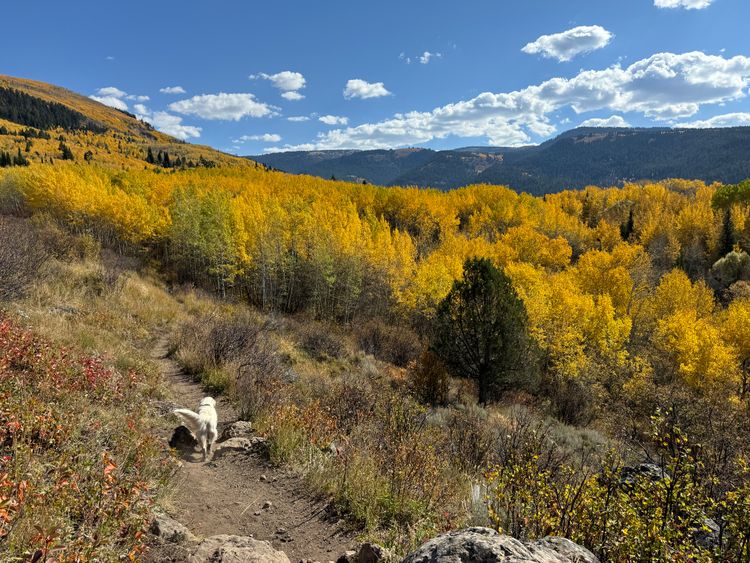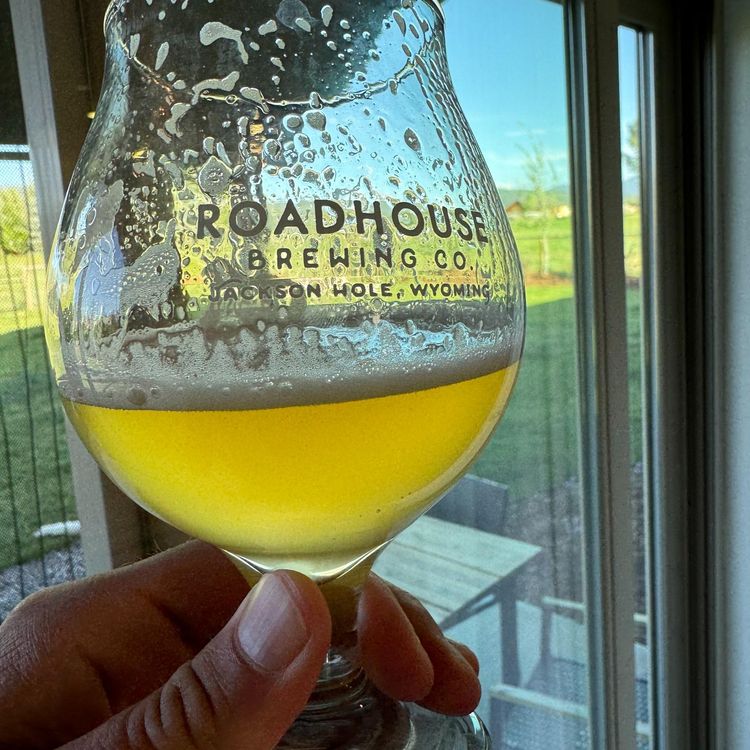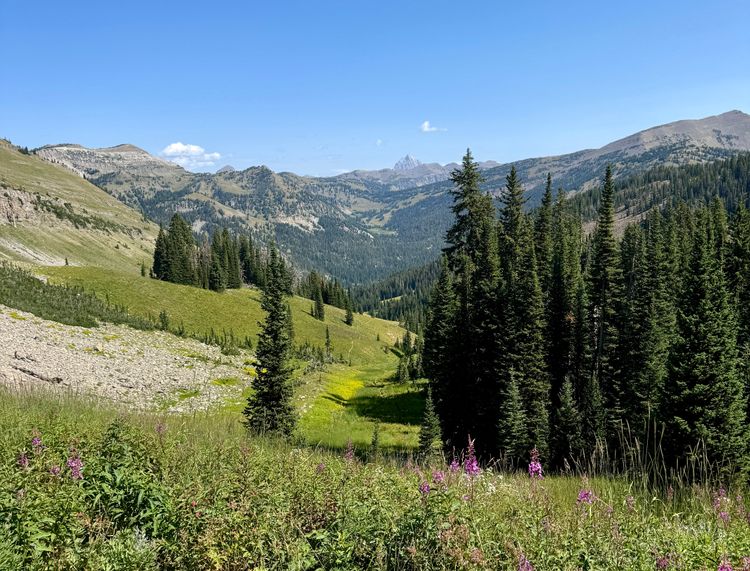How to summon Travel Magic

I’ve fallen prey countless times to the thought that I must see everything of note in a given country as fast as possible or else the vacation is a bust. The thought usually goes: “one day is probably enough to get a flavor of Milan, right? Because we also need to hit Florence, Venice, Rome, Cinque Terre, and the Amalfi coast to really DO Italy right, right? And we only have 10 days. This means we have approximately 24 mins to see the statue of David before we have to hop on a train at the Roma Termini and go to…”
It’s really easy to stack up too many cities, to over-plan, and end up turning your whole excursion into a stressful experience. More importantly, this stress and this checklist model of travel distracts from the reality that people and not merely locations make up the culture of a place. You get so focused on seeing the Louvre, the Eiffel Tower, Versailles, this palace, or that Cathedral that you forget to talk to the people who live there and actually learn about their lived experience. When I reflect, some of my most cherished travel memories (what my buddy Nic Bertagnolli coined as “Travel Magic”) have happened because I or one of my companions decided to strike up conversation with bored waitstaff or the person sitting on the adjacent barstool, and the day took on a life of its own.

We tend to graft meaning and expectation onto places because media taught us how to think about them, be it textbooks, news, Instagram, or whatever. It is totally possible to go to a new place and leave without modifying these conceptions. Travel Magic happens when you puncture this media-formulated veneer.

The most recent example of this, which crystallized for Nic and I this whole travel magic phenomenon and a few important principles about travel pacing, was our trip to Iceland. We each found ourselves with a sizable gap of time between jobs this past February, and so we planned a spontaneous winter trek around the country.
There were two halves to our trip: the first was our stay in northeastern Iceland next to Lake Myvatn, and the second in southwestern Iceland seeing various natural wonders — waterfalls, geysers, and this beautifully bleak place called Reynisfjara, which featured jet black sand and bizarre basalt towers.

We didn’t really move around all that much during our time in Lake Myvatn, compared to the second half of the trip. Sight-seeing and landmarks weren’t the focus, partly because one of the days we were stranded at the hotel by crazy high winds. But while we were there, we rappelled into a locals-only cave with a hot spring in it, guided by our hotel bartender, played cards and drank Einstok (and this curious liquor called Brennivin) late into the night with the other hotel staff. Through these experiences with people, we gained a deep and rich picture of what life is like for Icelanders and how they think about the rest of the world. Cumulatively, it was so magical that it made the second half of our trip (where we ticked off landmarks, took our pictures, and moved on) seem like it was missing soul. Nic and I both agreed that the first half of our adventure was far the better one.
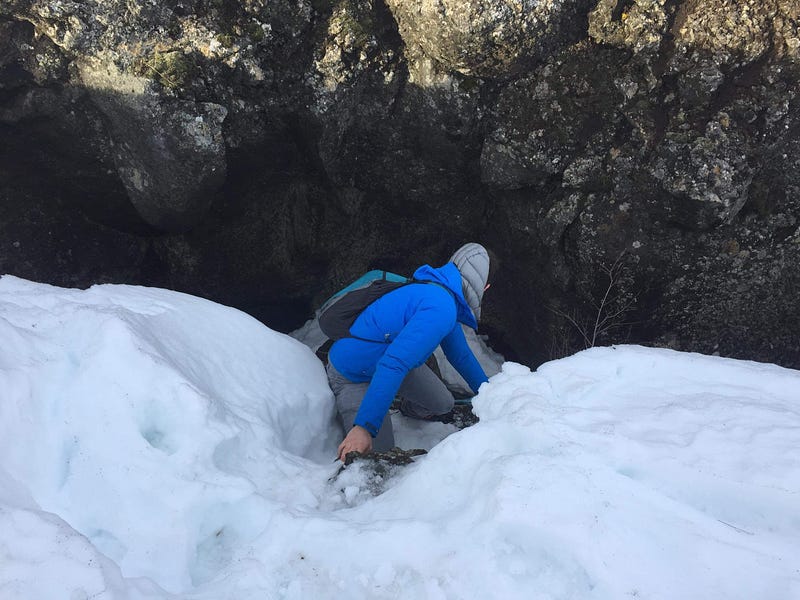
Peering down into the chasm containing a hotspring known only to locals of Lake Myvatn. We had to rappel down into this sucker.
But, like witnessing the Northern Lights, Travel Magic is probabilistic. You’re not guaranteed to experience it. However, reflecting on all of this later in a Reykjavik cafe, Nic and I devised a couple principles, based on personal experience, to maximize the chances:
Don’t make a schedule.

Don’t book hotels in advance. They lock you into staying places when you might not want to. Let the vibe guide whether you stay another night or move on. It’s a bit scary and potentially more expensive, but doing this creates an awesome sense of spontaneity, which is one of the main pillars of Travel Magic.
Have a sight-seeing shortlist, but don’t pencil anything in. [Nic Bertagnolli]: “Strict schedules are dangerous, psychologically. What do you do if there happens to be a cool street festival taking place on your way to your scheduled tour of the Colosseum? If you don’t stop, the fear of missing out on some interesting local stuff might haunt you. If you do stop at the festival, you’ll probably feel guilty and worried about how you f-ed up your plans for the rest of the day. Either way, you’re unhappy. If you instead say to yourself ‘I will see the Colloseum sometime’ then you have the freedom to stop at the festival and follow that adventure. So, have an idea of roughly what you want to do while you’re in a place, but don’t have it planned out to the minute. Sticking with the Italy example, when you go there you probably have a list of things you want to see. Accept that there are lower value items on that list. You’ll probably come up with three or four things you have to see, like the statue of David, and the Colosseum, but be realistic. Then, give yourself two to three days where you are open to going to those places. This keeps things from feeling too frenetic.”
Optimize for people, not landmarks

Talk to bored employees of restaurants, bars, or hotels. Don’t be afraid to strike up conversation. Usually, people are just as interested in you and your story, if only to pass the time. If you get good at this skill, often they’ll invite you to go do things. Do them.
Be suspicious of paid guided tours. Know that the many of the cities that you see have changed significantly from their past versions which made them famous (even cities at the center of 20th century events like World War II). Sure, the landmarks are still there, but the people are usually more worldly than our tourist imaginations would have them be. My anecdotal experience is that Americans romanticize places like Paris and have a 1950s, black and white picture in their heads about what the place feels like. Wine and cheese and accordions. There’s a whole industry that’s developed around catering to people’s imaginations of what a place was, rather than what it is now: Real viking tours featuring traditional dress. Torture chambers like the Tower of London, featuring lifelike re-enactments of people on the rack! Whereas, authentic experiences are usually just a neighborly chat away.
Accept hitchhikers. Probably not always a good idea, but in Iceland there were lots of non-threatening, cash-strapped young people just hitchhiking through the country on the single road that runs a circuit around the island. Most just seemed like interesting European kids looking for adventure.
Take personal time in public places. [Nic Bertagnolli]: “While I travel I definitely need some time alone, or just chill time with my friends. Often, I’m tempted to just curl up in the room in order to recover. But you can do this in a bar, or a coffee shop. Put yourself in public and create opportunities for engagement with the place and others.”
Play weird games in communal spaces. [Nic Bertagnolli]: “Related to the above, games are a great icebreaker. People will usually see you and your friends having fun and they’ll stop by and ask you about it. This gives you the opportunity to invite them to join. Maybe they become a new friend, maybe they’re a dick. Either way, they’re an individual with unique life experience that can teach or show you something. There is really no downside.
When I travel I always bring a deck of cards, and 1–2 small indie games that others probably haven’t played. A deck of cards is nice because everyone knows a few card games, and you might learn a new one that you really like. I bring the indie games because they are usually super fun, and they get people interested in what you’re doing. A couple of good examples: Seven Wonders Duel and Star Realms.”
Travel Magic is far from an exact science, but focusing on spontaneity and maximizing your interactions with the locals are two good methods of achieving the transcendent feeling that is supposed to be at the center of travel. Drop the strict schedule. Leads to interesting things will pop up by themselves if you’re attentive to them. By any means necessary, try to get organic conversations going, either by asking bored waitstaff how their day is going, or by doing something a bit weird like playing games in the middle of the hotel lobby.
